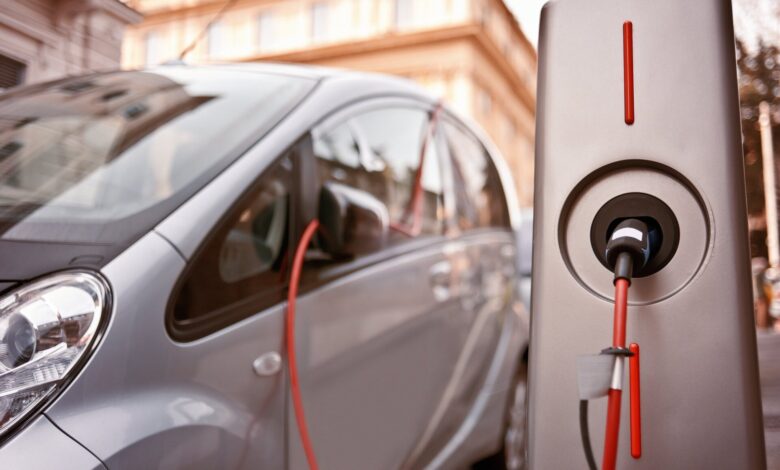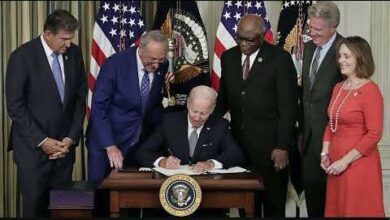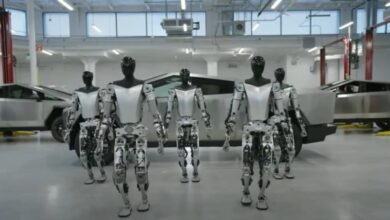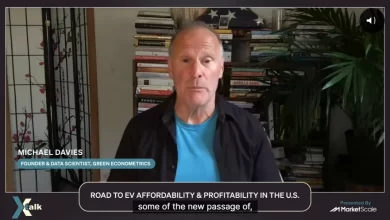Is Tesla Exiting the EV Charging Business?

Tesla’s endeavours in electric vehicle (EV) charging took a hit in May 2024 when it announced that it would be dismissing a sizeable chunk of its supercharger team. While its decision to slow down supercharger expansion may offer opportunities for other charge point operators (CPOs) to catch up, Tesla is unlikely to relinquish its supercharger business, long-term, having already built partnerships for charge port compatibility with major automotive OEMs.
Tesla’s vast supercharger network puts it in a good position to serve the future market, with new EV passenger car registrations forecast to triple over 2023-2030
Source: Euromonitor International
The slowdown in EV sales pushes Tesla to review its supercharger business
At the height of EV adoption, year-over-year (Y-o-Y) growth of new registrations reached 100% globally, climbing as high as 140-150% in Western Europe and China, as sustainability pressures and enthusiasm regarding EV technology pushed up demand. However, the picture has changed significantly of late, with EV sales cooling amid more pushback from the mass market.
The slowdown has had a massive impact on Tesla’s financial performance. According to Google Finance, in Q1 2024, Tesla’s revenues fell by 8.7% Y-o-Y, coupled with a 36.7% rise in operating expenses. In addition, net incomes dropped by 55% while earnings per share slid by 47% in the same period. Ultimately, this pushed Tesla to reassess its EV charging business as its sliding financial performance hit its bottom line.
Tesla’s slowdown will push competing CPOs to play catch-up
While Tesla rethinks its EV charging strategy, it gives other CPOs time to claw back market share. For example, earlier in May 2024, BP responded to Tesla’s decision to slow down its supercharger network. A BP spokesperson stated, “We are aggressively looking to acquire real estate to scale our network, which is a heightened focus following the recent Tesla announcement.” The 250kW BP Pulse chargers will be compatible with both Tesla’s North American Charging Standard (NACS) and the Combined Charging System (CCS) connectors, providing charging to EV models of numerous automotive OEMs.
Other CPOs, including Electrify America, EVgo and ChargePoint, may also be tempted to respond as they remain well behind Tesla in the direct current (DC) charging business segment. For example, Electrify America, the next largest provider of DC charging in the US, had an estimated six times fewer charge ports than Tesla, as of February 2024.
Tesla unlikely to forgo its vast supercharger network despite EV slowdown
Tesla is recognised as the leading provider of fast-charging, with over 50,000 superchargers globally, offering charging speeds of 72-250kW. In addition, Tesla’s superchargers boast high reliability and uptime, giving it the edge over other public charge points which have struggled with software and hardware issues.
Thus, it is unlikely to forgo its supercharger network in the long run. Moreover, in 2023, Ford, GM, Honda and other major automotive OEMs pledged to adopt Tesla’s NACS in North America, with the latter expected to launch a new EV model in 2025 with the NACS port.
The decision by Tesla to curb the expansion of superchargers reflects the slowdown in the EV industry. It is likely to be a short-term blip as the industry undergoes growing pains and looks to tackle the major challenges consumers and businesses face, including the highest cost of EVs, range anxiety, and undersupply of charge points, among others.
By 2030, 47% of new passenger car registrations are predicted to be electric
Source: Euromonitor International
The IEA predicts that between 236 million and 241 million EVs will be circulating on our roads globally in the same year. This will drive demand for public EV charging, especially as urbanisation continues to rise.
Learn more about EV charging in our report, Identifying Tactical and Strategic Opportunities in EV Charging, to better grasp the opportunities, developments and challenges the industry faces.



